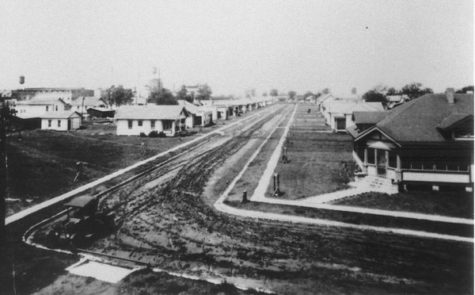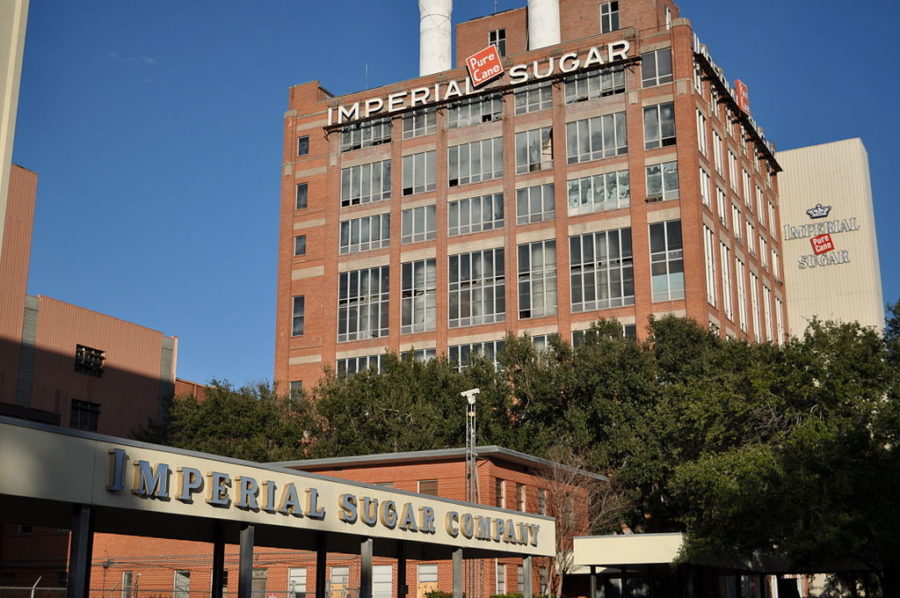History Around Us: Imperial Sugar Factory
How did Sugarland get it’s name. Well just go down highway 6, and you’ll see.
https://en.wikipedia.org/wiki/User:Kylelovesyou
Imperial Sugar as it resides from Highway 6.
Just adjacent to the Constellation Field lies an old factory, not just any old one. One full of sugar and even prison labor.
Imperial Sugar
The history of the Imperial Sugar factory dates back to 1843. Eighteen years before the Civil War. The land Imperial sits on went through quite a few ownerships from Nathaniel F. Williams to Benjamin F. Terry. The latter is the namesake of Terry High School in the Lamar Consolidated School District. In 1897, E.H Cunnigham became in charge of the property and “built the sugar refinery around 1897,” East Texas History. The Property relied on convict labor.
W.T Eldridge and I.H Kempner purchased the company in 1908 and changed it to Imperial.
The Start of a Town
After Imperial was purchased in 1908, Eldridge and Kempner decided to change the area into a company town allowing for housing for employees and their families. It was incorporated as a city in 1959.

Sugar Land continued to grow drastically from adding a school district, to master plan communities that are continuing to develop.
Central Prison
W.T Eldridge and I.H Kempner sold the “5,200-acre Imperial Farm [not the factory] to the state for $160,000 plus interest to be used for prison agriculture,” said East Texas History.
“The state of Texas opened the Imperial State Prison Farm, one of the first penal institutions it owned, in 1909 on land that had previously belonged to Imperial Sugar. It was renamed the Central State Prison Farm in 1930, and construction on additional units funded by the Texas state legislature soon followed,” Convict Leasing in Texas.
The area was used for convict leasing. Convict leasing was a popular use after the Civil War in southern states. Due to the 13th amendment abolishing slavery, plantation owners needed another system. Therefore, African Americans would be convicted of crimes and then leased out to business owners for labor due to the high demand for labor even minor crimes such as “vagrancy or walking alongside railroad tracks” could lead to convict labor. Convict Leasing In Texas.
While it closed in 2011. The prison entrance can still be seen today.
Legacy Today
Housing developments and other expansions have swallowed up most of Imperials’ historic land. However, history remains especially through the horrid convict leasing that passed through the sugar factory. The Houston Museum of Natural Science Sugar Land resides in the main unit of the central prison and further down the Old Imperial Farm Cemetery is dedicated to unknown inmates.
This is just scratching the surface of the historic town of Sugar Land, Texas.

Eryn Rainer is a junior and it is her second year on the newspaper staff. In her free time she likes to study the Bible, play volleyball, and scrapbook....



